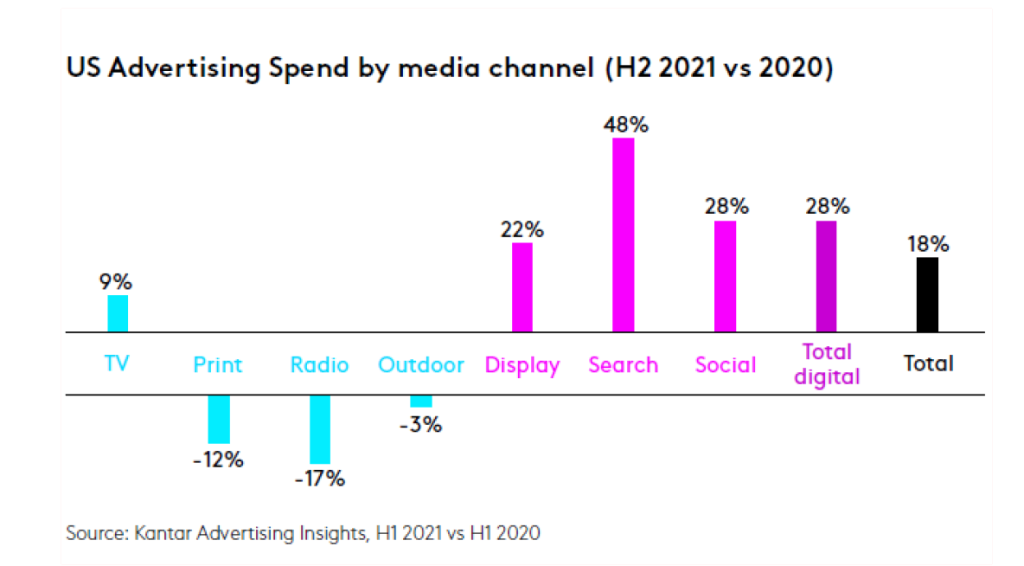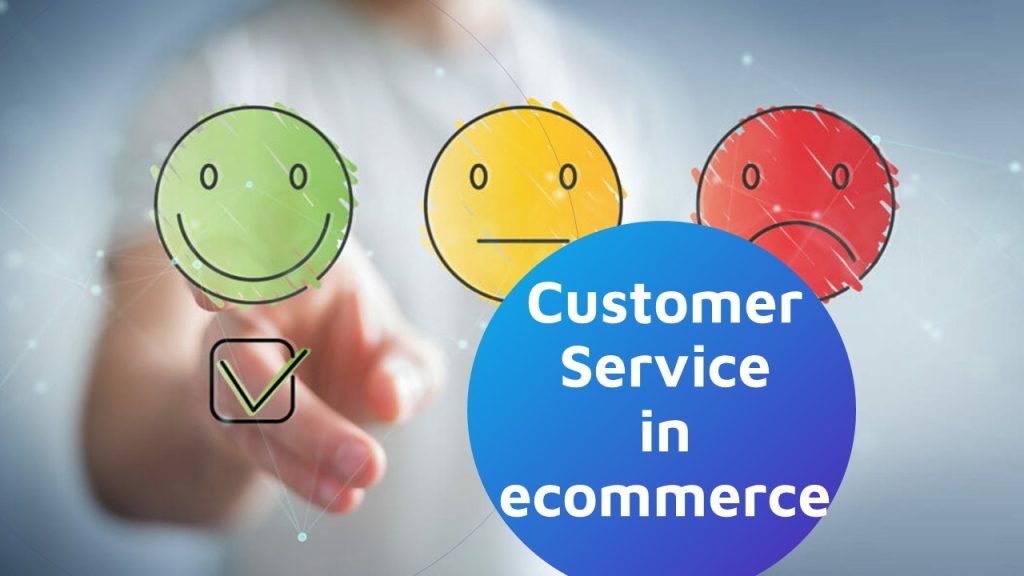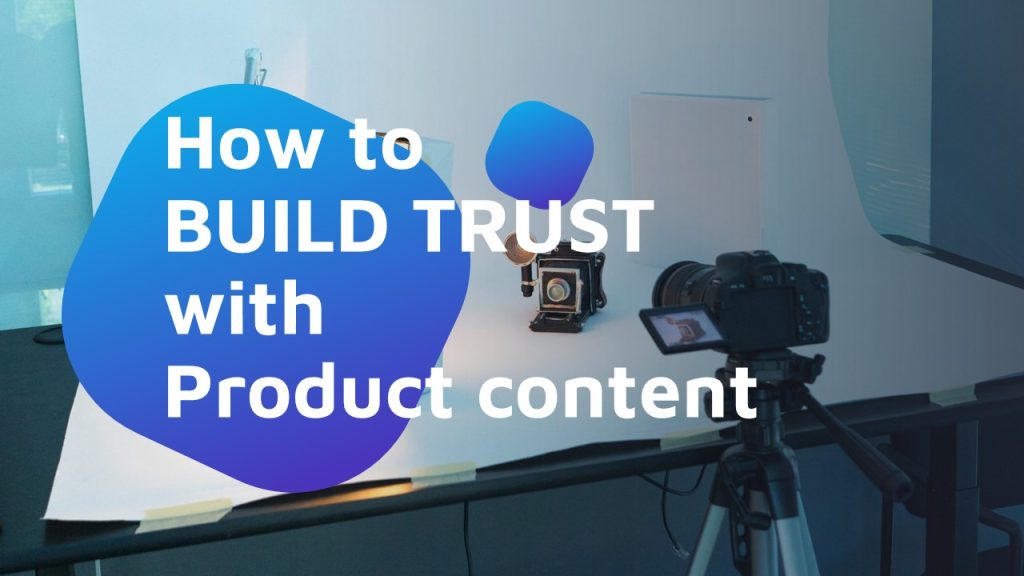Talking about the future of e-commerce may seem like a task for visionaries. However, it is not.
Marketing agencies and think tanks publish every year trends reports based on big data and point out the direction to follow by online businesses. Whether that information is biased or not, it is not only worth listening to it. It is necessary.
Content2Sell keeps a close eye on authorized voices, in order to best assess our customers about their products‘ performance.
Interested? Let’s move on then.
Current context
Against all odds, 2022 is being quite an eventful year marked by episodes that have upset companies’ expectations to recover their pre-pandemic business figures. And yet, far from predicting such episodes, most reports were seeing the real scene, which we’ll contextualize in this post.
On the one hand, the Ukraine situation has shuffled the raw materials deck and the electricity market. On the other, China’s Covid resurge has set a new disruption to the existing supply chain crisis that came along with the pandemic. A supply chain disruption that was slowly recovering its pace, and whose effects are yet to be seen.
What is certain is the increasing shipping costs and longer delivery frames.
Therefore, businesses have seen – again – what the impact of uncontrollable things can do to them. Specifically, how they can affect their sales, their growth, and their reputation. All in all, their survival.
More competition
2020 was a rough year for most of the world, but a very good year for e-commerce. While digital and hybrid brands managed to surf the pandemic – and many improved their figures significantly, brick-and-mortar retailers struggled to keep their heads above water.
That led many of the latter to go digital against the clock. And, whether they went fully digital or not, they acquire more and more knowledge about how e-commerce works.
As foreseen last year, we can see more e-commerce platforms, more competitors across them, and a fierce fight for buyers.
The increasing cost of advertising
Brand awareness, and especially triggering sales require investing in ads, and with more competitors, the price of ads is increasing quite rapidly.
The “storeless” economy has grown 200-300% (Interactive Advertising Bureau) since 2020 and is nowhere near stagnation. In other words, brands will need to rethink their advertising spending by adopting different strategies to engage new leads and retain the existing ones.
According to Shopify, the cost per click for paid search ads increased by 15%17 between 2021 Q2 and Q3.

Stepping into the future of e-commerce
DTC
Many brands are shifting to a new operating format to optimize their profitability. Direct-to-Consumer economy allows them to sell directly to end-consumers, skipping intermediaries, reducing costs and risks. And many E-commerce platforms now offer the possibility for brands to have their own profile. For instance, Shopify is the chosen platform for companies of all sizes, from SMEs to multinational corporations like Nestlé or the Lakers.
Amazon, Walmart, and even Social Media platforms have or are developing options for brands to sell directly to customers.
The benefits of DTC are to be considered: lower costs, higher revenue, and increased loyalty. However, DTC startups tend to struggle and often don’t make it for a simple reason: being unknown makes them spend most of their budget in advertising, which in the end becomes deadly expensive. Check out Casper’s case.
Social Commerce
We never tire of saying that video is the preferred kind of content, which explains how TikTok has become the trending platform for live streaming commerce. The development of TikTok Shopping (still in its Beta stage) is taking the era of the image to a new level, just like Instagram did a few years back.
The rise of short videos seems to match the way people consume them, which is mostly from their phones and on the go.
User-generated content is an option all brands should consider to make their communities grow.
Consumers like close and direct communication just as much as knowing who they deal with. This means that creating live events to answer their questions in real time can be an effective way to promote and sell products, just like working with streamers and influencers to share their opinions with their followers.
Automation
CRM platforms offer increasingly more AI-based tools allowing to automatize routinary tasks and get analytics and insights in real-time. All that data depends on third parties a little less every day. In fact, third-party cookies are in a slow agony due to stricter regulations around the globe, which makes it urgent for e-merchants to seek for new strategies.
FYI, they should be dead by 2023.
According to Scalefast’s 2021 report, 61% of consumers wouldn’t mind sharing their personal information with brands that provide them with better shopping experiences.
Thus, obtaining first-party data is key to personalizing both the brand and shopping experiences.
What you can do
The future of e-commerce combines many of the subjects we’ve been covering over some of our latest posts. Especially, shifting to a subscription mode, and approaching audiences on the platforms they use.
Step ahead and start building a loyal community by offering referral and loyalty perks. In the long run, making buyers return, and turning them into promoters is not a theoretical goal anymore.
Take advantage of the uprising opportunities of AI and Machine Learning. Stepping ahead is critical in these regards, just like personalization is. The earlier you start taking action, the faster the results will come. You will have a strong community that talks about your brand and shows your product around.
Enrich your content with videos, live streams, and the highest possible image quality. And especially make sure it is responsive and matches the ideal size required by the platform you use.
Do consider investing in 3D renders and photorealistic images to make your product relatable and provide a closer feel and touch. The better users can see your product, the higher the chances of them buying, for their expectations will be closer to reality.
Even if you feel you don’t need it now, you might in the mid-term, as your competitors might step ahead and get that market share before you do.
Need a hand?
At Content2Sell we are driven by our clients’ success, and we strive to share our experience with merchants like yourself. Whether you plan to launch a product or you need high-quality content to give it the visibility it deserves, we can surely help.
Just schedule a call with us and get your FREE CONTENT AUDIT by product experts and e-commerce specialists.



